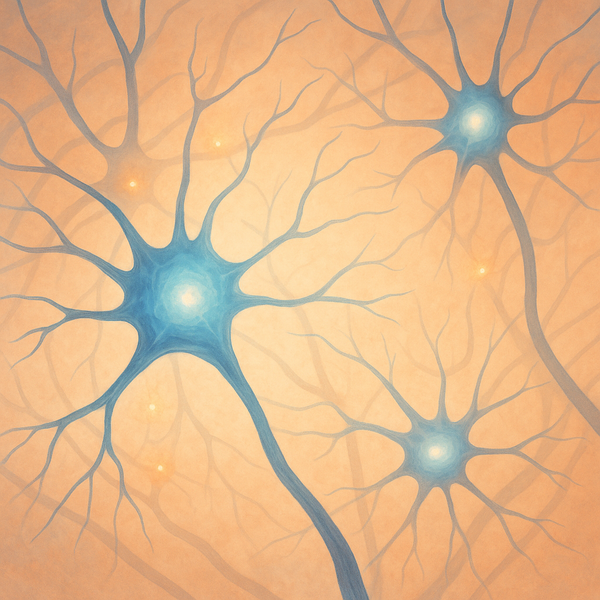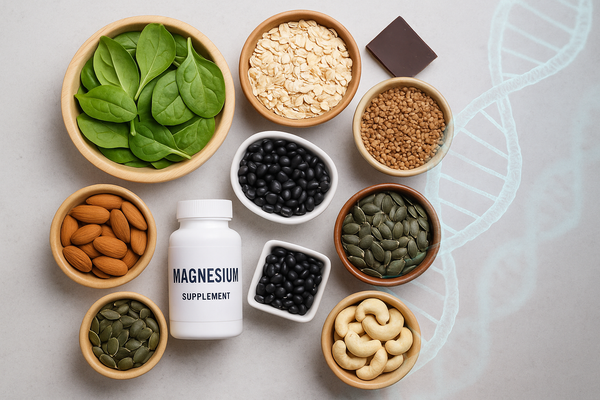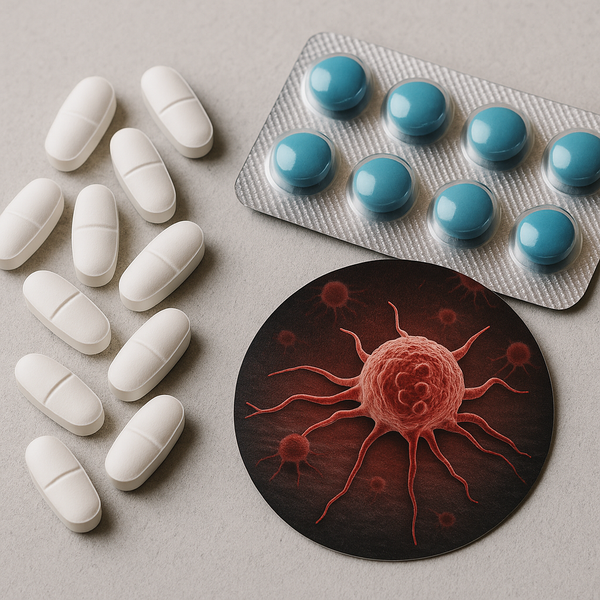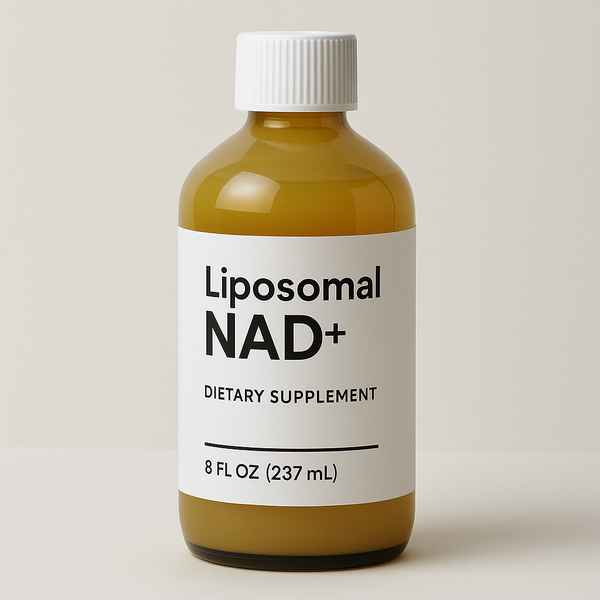Spermidine: The Polyamine That May Unlock Cellular Renewal
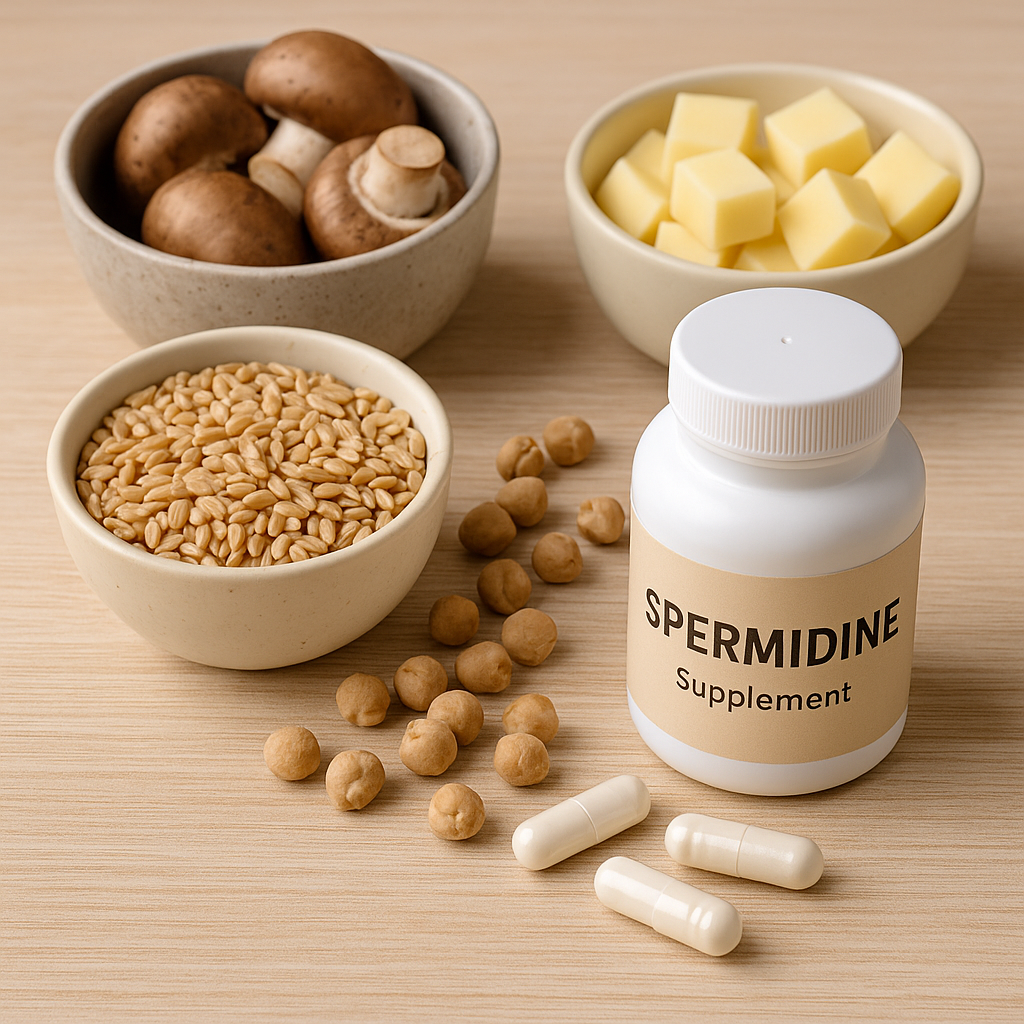
When I look at the building blocks of long-term cellular health, the usual suspects always show up (mitochondria, antioxidants, autophagy, DNA repair). But one molecule increasingly catches my attention: spermidine. This naturally occurring polyamine plays a key role in autophagy, cellular renewal, and metabolic resilience — making it relevant for longevity in a way that’s both foundational and under-discussed.
In this post, I’ll explore what spermidine is, how it works, what the evidence says (and doesn’t say), and how I’d think about integrating it into a functional health / longevity-oriented protocol.
What Is Spermidine?
Spermidine is a polyamine found in all living cells, and in foods such as wheat germ, soybeans, mushrooms, legumes, aged cheese and whole grains.
Its endogenous levels decline with age, and lower levels have been observed in older individuals compared to younger ones.
Because of this decline and its role in several key cellular processes (particularly autophagy), spermidine has gained interest as a potential “longevity molecule.”
Mechanisms: Why It Matters for Longevity
Here are the critical ways spermidine can affect key longevity-levers:
- Autophagy induction: Spermidine triggers cellular cleanup — clearing damaged proteins and organelles, which supports healthy turnover and functional renewal.
- Mitochondrial & metabolic support: By enhancing autophagy and cellular homeostasis, spermidine helps maintain mitochondrial integrity, reduce oxidative burden and support metabolic resilience.
- Cardiovascular & cellular aging: Epidemiological data link higher dietary spermidine intake with reduced cardiovascular and cancer-related mortality.
- Cellular renewal / stem-cell support: Some animal and cell studies suggest spermidine supports stem-cell function and tissue repair, which is relevant for aging tissues.
Thus, spermidine aligns with multiple pillars of functional health: detox/renewal, mitochondrial function, metabolic resilience, cellular cleanup — all of which contribute to healthy lifespan rather than just disease avoidance.
What the Human Evidence Shows — And Where the Gaps Are
Encouraging signs:
- Some large epidemiologic studies found that individuals with higher dietary spermidine intake had lower rates of overall mortality, cardiovascular disease and cancer.
- Animal and cell studies consistently show lifespan extension in yeast, worms, flies and mice, as well as improved cardiac and cognitive metrics in those models.
Important limitations:
- In a human randomized controlled trial in older adults (the SmartAge trial) of spermidine supplementation over 12 months, there was no significant difference in memory performance compared with placebo.
- A recent study of “high-dose spermidine trihydrochloride” found minimal effects in humans at the tested parameters.
- The optimal dose, long-term safety, which populations benefit most, and how it interacts with other interventions are still unclear.
- Despite positive markers, the human translational data remain modest relative to the animal/preclinical results.
In short: spermidine is promising, but it is still early in the human evidence curve — meaning expectations should be realistic.
How I’d Integrate Spermidine Into a Longevity/Functional Health Protocol
Given its profile, here’s how I’d think about using spermidine:
- Purpose: Support autophagy, cellular renewal and mitochondrial/metabolic health — especially after foundational lifestyle elements are in place (nutrition, movement, sleep, stress).
- Form: Look for high-quality spermidine supplements derived from food sources or purified forms, with clear dosing.
- Dose guidance: Based on reviews, many products offer ~10 mg/day; some suggest 25-30 mg/day could be optimal in some guidelines.
- Timing: Could be used daily; some may align it with fasting/feeding windows since spermidine links to autophagy and nutrient/fasting status.
- Synergy: Combine with other longevity tools — e.g., compounds that support autophagy, mitochondrial biogenesis (exercise, cold/heat therapy), nutrient sufficiency, and avoidance of metabolic stress.
- Tracking: Monitor metabolic health markers (lipid/insulin), subjectively note recovery/rejuvenation, consider quality of sleep/tissue repair.
- Safety & caution: Since human long-term data are fewer, I’d avoid thinking of spermidine as a guarantee; prioritize lifestyle first. If taking other polyamine-influencing therapies or if there is a cancer history, get medical supervision (since polyamines also relate to cell proliferation).
My Take
I view spermidine as one of the more compelling “next-wave” longevity supplements — not because it’s flashy, but because its mechanism (autophagy/renewal) is central to the biology of aging. That said, the gap between model organism evidence and robust human trials remains significant.
Used intelligently (after the foundational pillars), spermidine has a place in a longevity stack. But I treat it like insurance for renewal rather than a miracle pill — the lifestyle context is still king.
Sources
- Eisenberg T, et al. Spermidine delays aging in humans. PMC.
- Madeo F, et al. New Insights into the Roles and Mechanisms of Spermidine in Aging and Age-Related Diseases. PMC.
- Schwarz C, et al. High-Dose Spermidine Supplementation Does Not Increase Cognitive Performance in Older Adults. Nutrients.
- Kiechl S, et al. Spermidine intake linked to reduced cancer and cardiovascular mortality. PMC.
- GlycanAge Blog. Spermidine Benefits for Longevity: A Comprehensive Guide.
